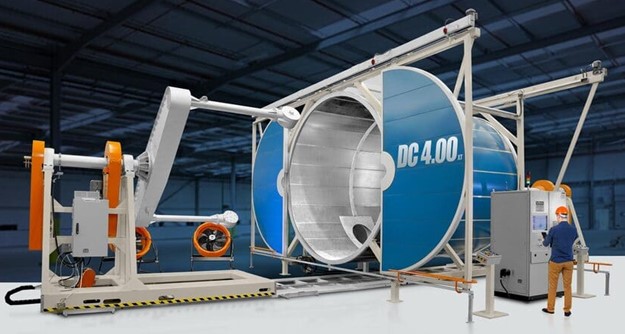Understanding the Science Behind Rotational Molding Technology
Understanding the Science Behind Rotational Molding Technology
Blog Article
Rotational molding, often known as "rotomolding," is a cutting-edge manufacturing process widely used for creating hollow plastic items. For everything from storage tanks and playground equipment to this process is a blend of simplicity and advanced technology, allowing for unmatched design flexibility. What is the science behind what makes Rotomolding so effective?

The Process at a Glance
The process begins with a mold that is filled with powdered plastic. This mold is then heated and rotated simultaneously across two axes perpendicular to each other inside an oven. This constant rotation ensures that the plastic that is melting evenly covers the inside of the mold. After that, the mold is cooled, solidifying the plastic into a hollow, seamless structure.
The absence of external pressure is a defining aspect of this technique, as it ensures that the plastic settles and spreads evenly without stress. This is the main difference from other molding techniques like blow molding or injection molding.
Why is Rotational Molding Efficient?
The theory behind rotational molding is founded in the polymer and heat transfer. When the mold is heated when the plastic powder melts, it forms and bonds to the mold as it rotates through gradual controlled, controlled rotations. This results in a uniform wall thickness and eliminates the possibility of weak spots.
Cooling is equally crucial part in the overall process. By maintaining steady airflow and water temperature, manufacturers can prevent shrinkage or warping, and ensure your final item retains its shape and structural integrity.
According to statistics, rotational molding is able to create parts that have up to 99percent material efficiency, reducing consumption and making it an environmentally friendly option. Furthermore, it offers unparalleled versatility, which allows the production of huge and intricate designs without compromising quality.
Applications That Showcase Its Potential
Rotational molding caters to numerous industries because of its adaptability. It doesn't matter if you need sturdy outdoor furniture or tough industrial containers, this technology offers both cost-effectiveness and functionality. It also allows multi-layered designs, which allows manufacturers to mix different materials for enhanced features like UV resistance and thermal insulation.

Rotational molding is a demonstration to how materials science and engineering work together to form our world. Because it can simplify manufacturing while ensuring high precision, it's no surprise that this technology continues to trend in discussions on manufacturing. Report this page